-
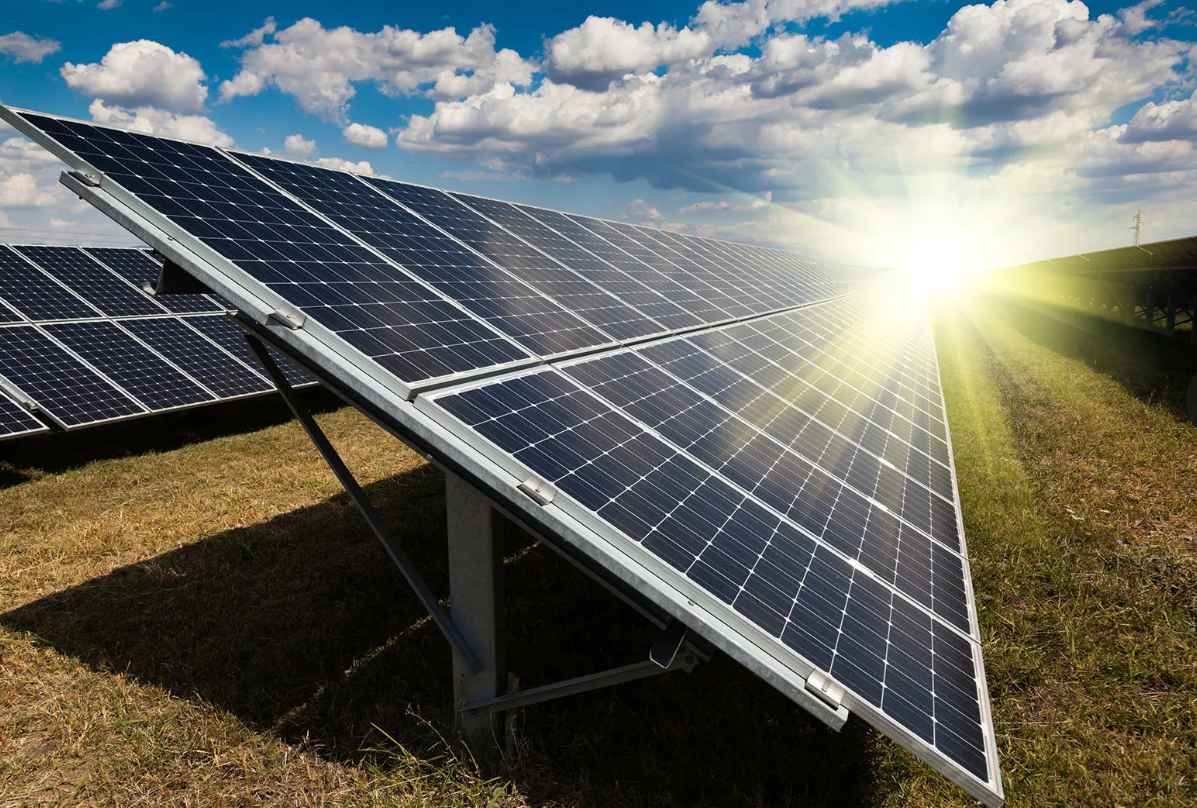
Solar Demonstration Models: 5 Best Kits for Classes 6 to 10
The Sun produces solar energy. In such large amounts, that we could solve the world’s energy demand with it. Man harvests, stores and transforms solar energy for so many uses. Our solar demonstration models will teach you how. What is Solar Energy? Solar energy is the energy that the sun radiates. It travels towards the…
-
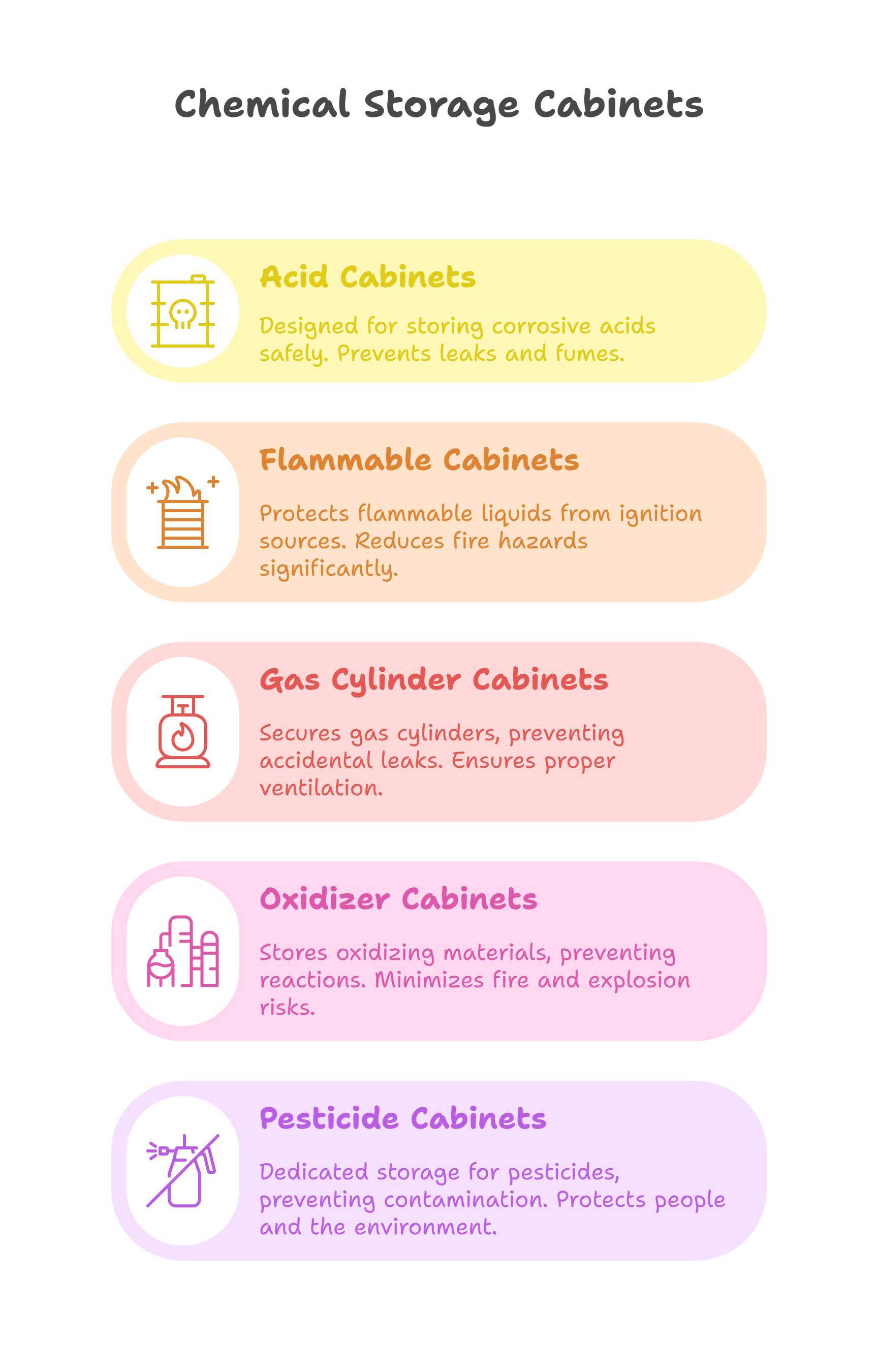
Chemical Storage Cabinets: 5 Key Designs & Uses
Chemicals on their own can be hazardous. However, when incompatible chemicals interact, the danger increases significantly. Hence, proper storage is essential to reduce risk. This where chemical storage cabinets come into play. Flammable liquids, corrosives, and toxic gases must be stored according to established safety standards. Follow Chemical Storage Protocols US Standards European Standard These…
-
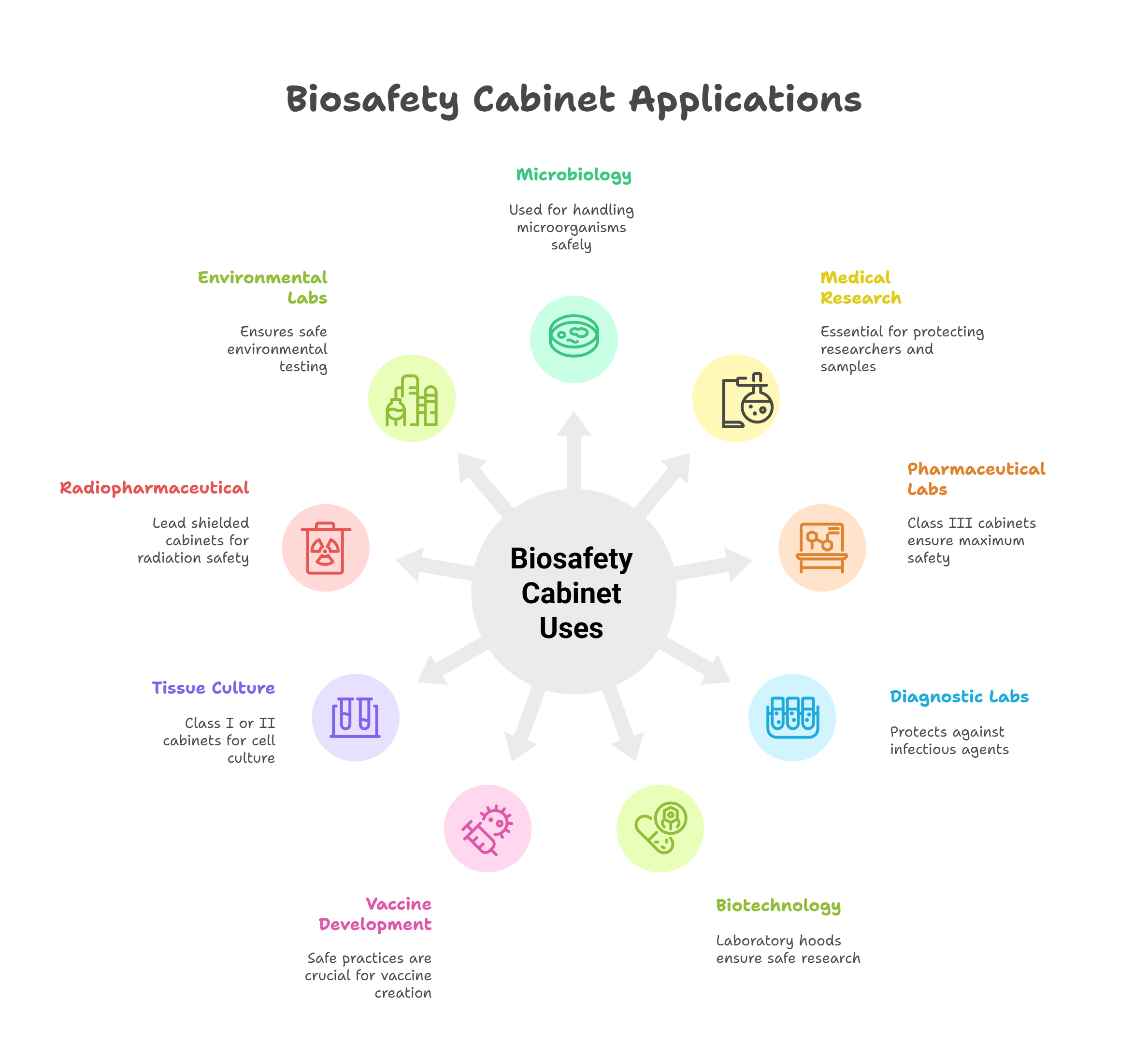
Top Biosafety Cabinet Uses in Modern Laboratories
Biosafety cabinet uses in Microbiology, Medical Research, Pharmaceutical Laboratories, Diagnostic Laboratories, Biotechnology, Vaccine Development, Tissue Culture, Radiopharmaceuticals and Environmental Science are diverse. Let’s explore the various use cases and understand if you need a biosafety cabinet to perform your lab work safely. Types of Biosafety Cabinets Biosafety Cabinet (BSC) Class I BSC Class II BSC…
-
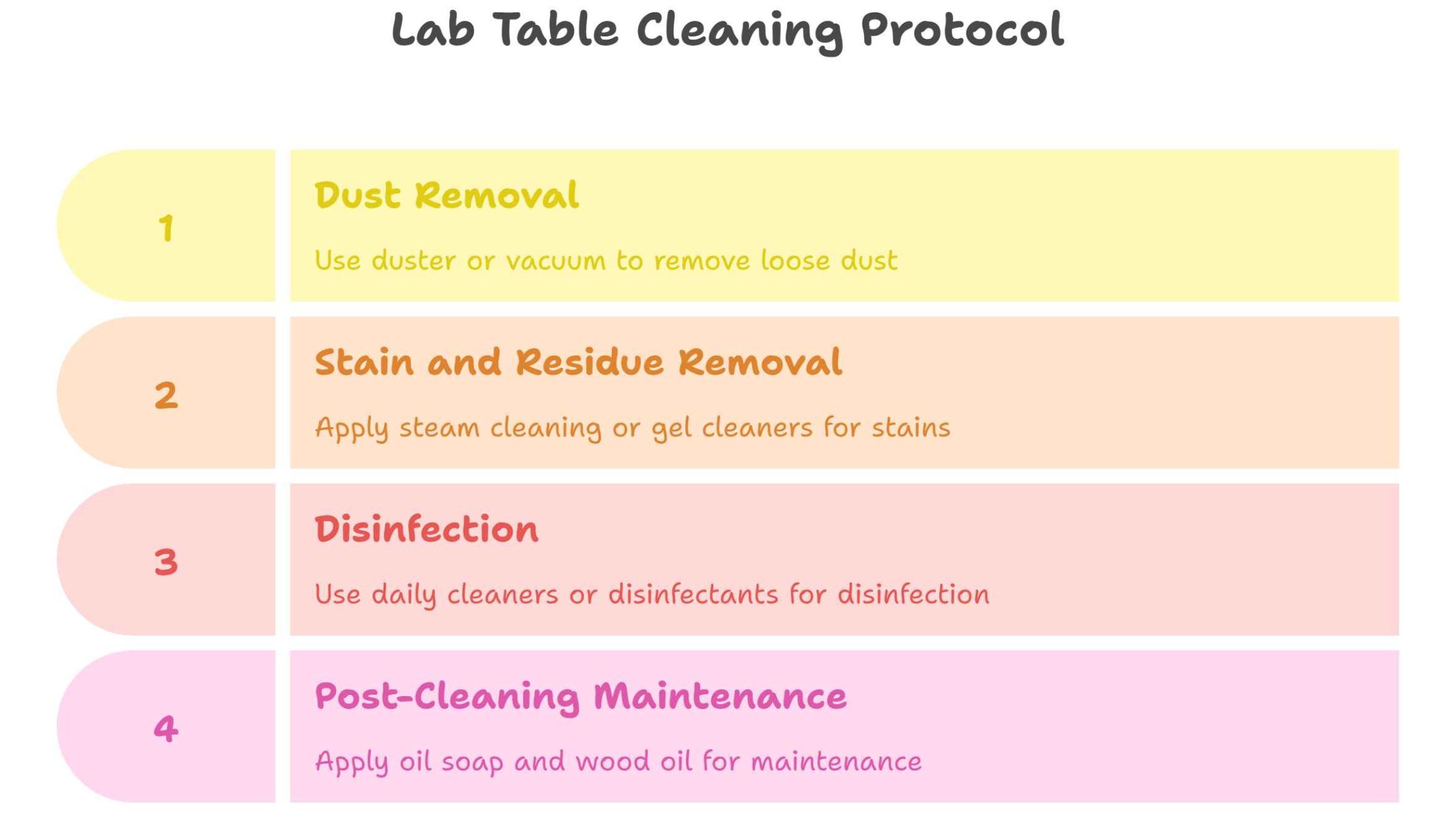
Quick 4 Step Guide to Clean Lab Tables
Cleaning lab tables requires attention to the type of surface, nature of the residue, and proper safety practices. Here are the 6 best ways to clean lab tables while maintaining laboratory hygiene and safety. Lab Table Cleaning Protocol Dust Removal Start by dusting to remove all loose dust particles using a non-flammable duster or table…
-
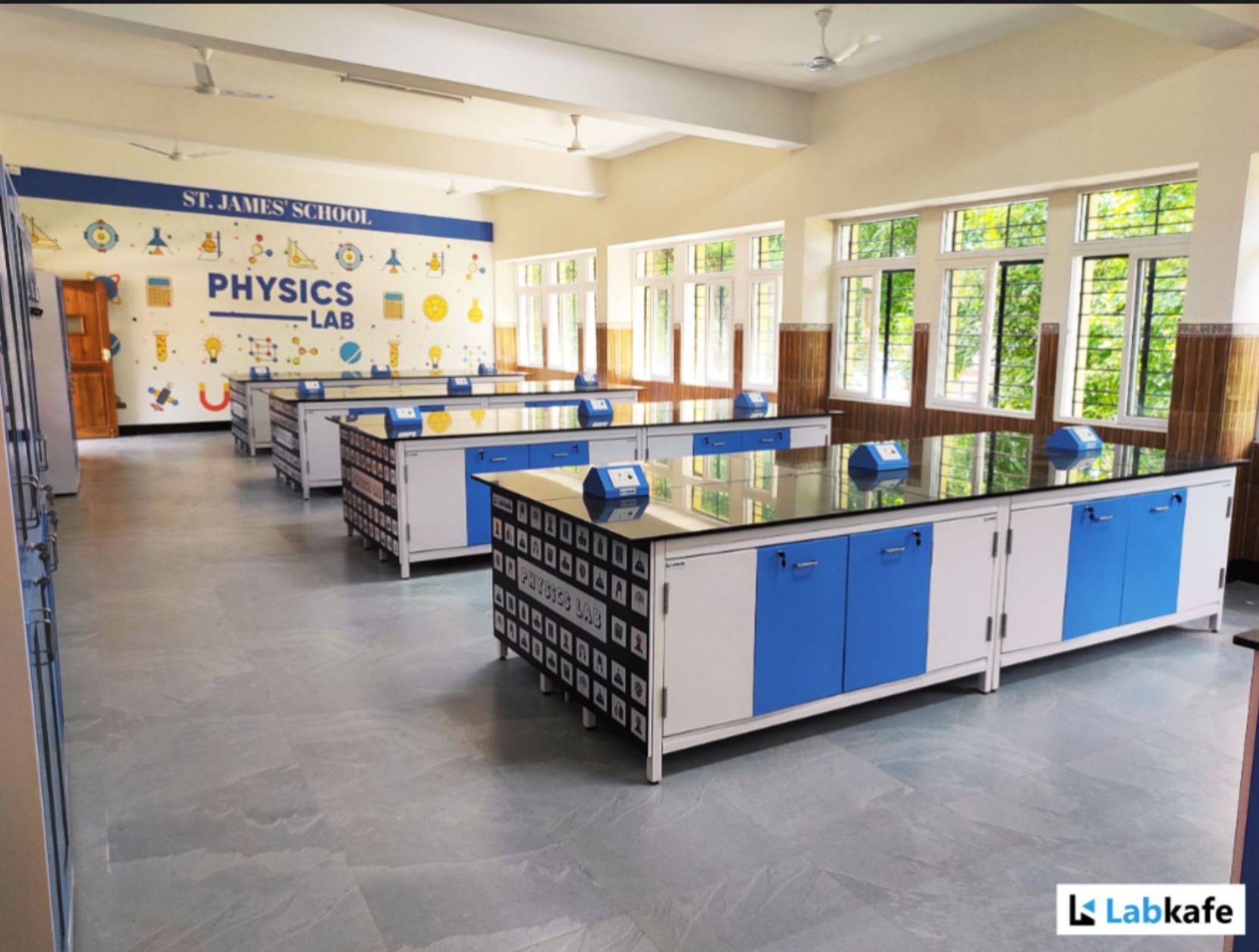
Complete Physics Lab Design Guide: Furniture & Setup Roadmap
You might be planning to set up a physics lab for your school, college, research institution, or industry.Before you set out to buy equipment and apparatus, you must have a rough idea of what your physics lab should look like.This is called physics lab design. Read along to learn how to design your physics lab…
-
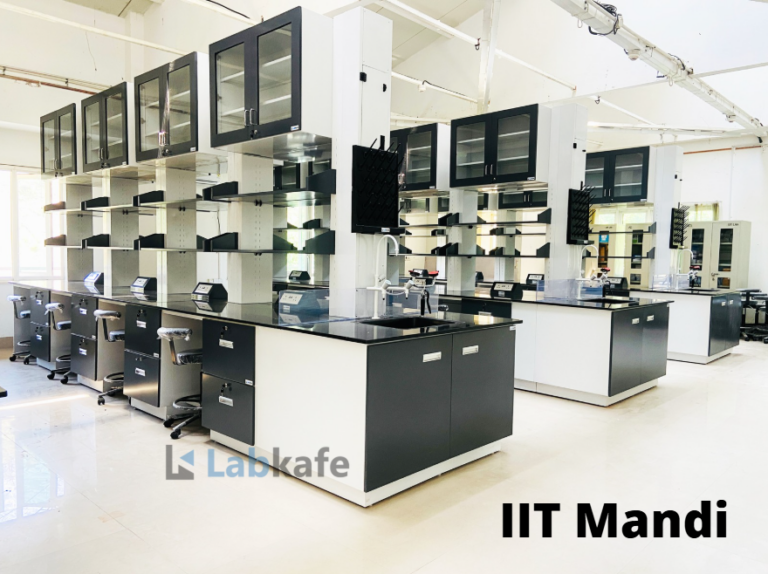
9 Reasons to Choose Modular Lab Furniture in 2025
Modern laboratories demand flexibility, efficiency, and durability. However, traditional furniture made by local carpenters often falls short in meeting these evolving needs. Modular lab furniture solves this problem by offering faster setup, greater adaptability, and long-term sustainability—all while enhancing the workspace aesthetic. Simply put, it provides everything conventional setups lack, making it the smarter choice…
-
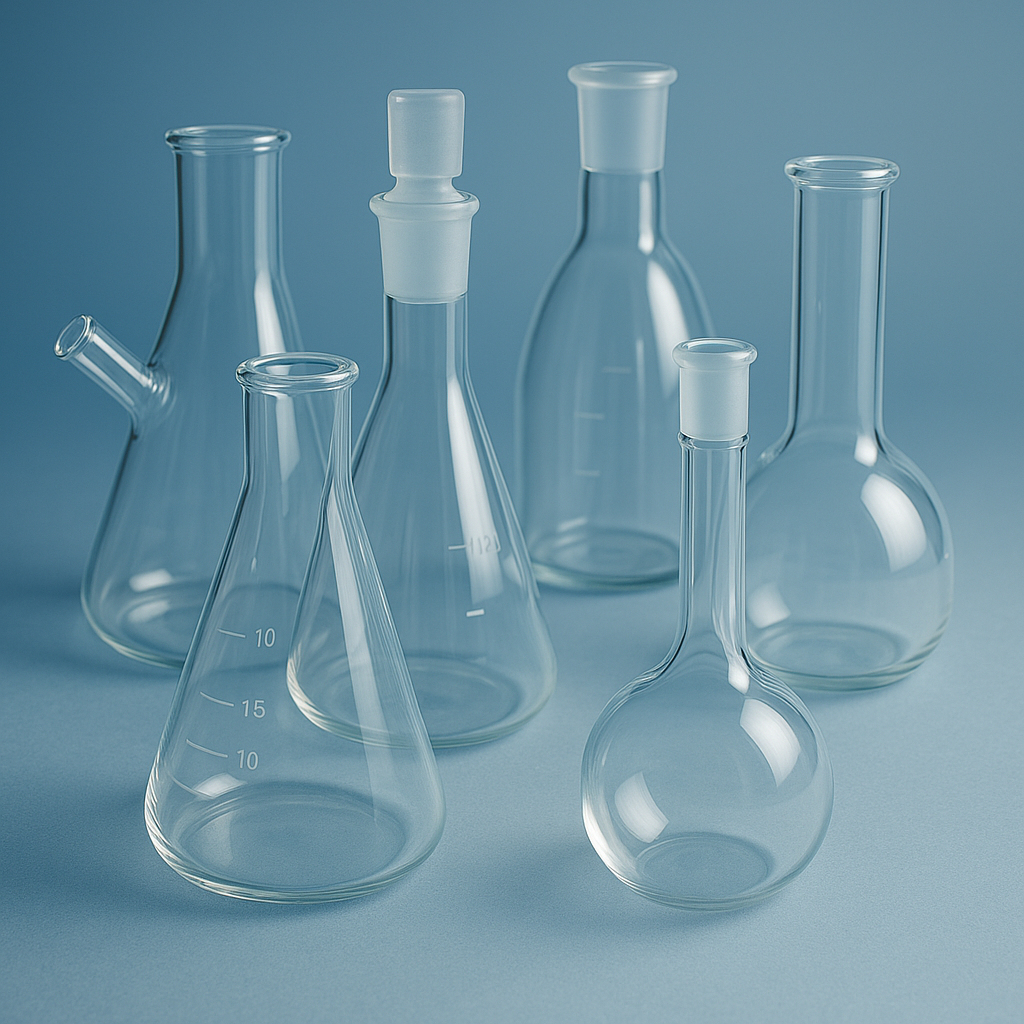
6 Types of Chemistry Lab Flasks
The various types of chemistry lab flasks available today can be confusing to choose from. However, specific experiments and laboratory procedures require specific types of flasks. Choosing the wrong one can lead to wasted resources, unsafe conditions, or poor experimental results. This guide will walk you through the different types of chemistry lab flasks, their…
-
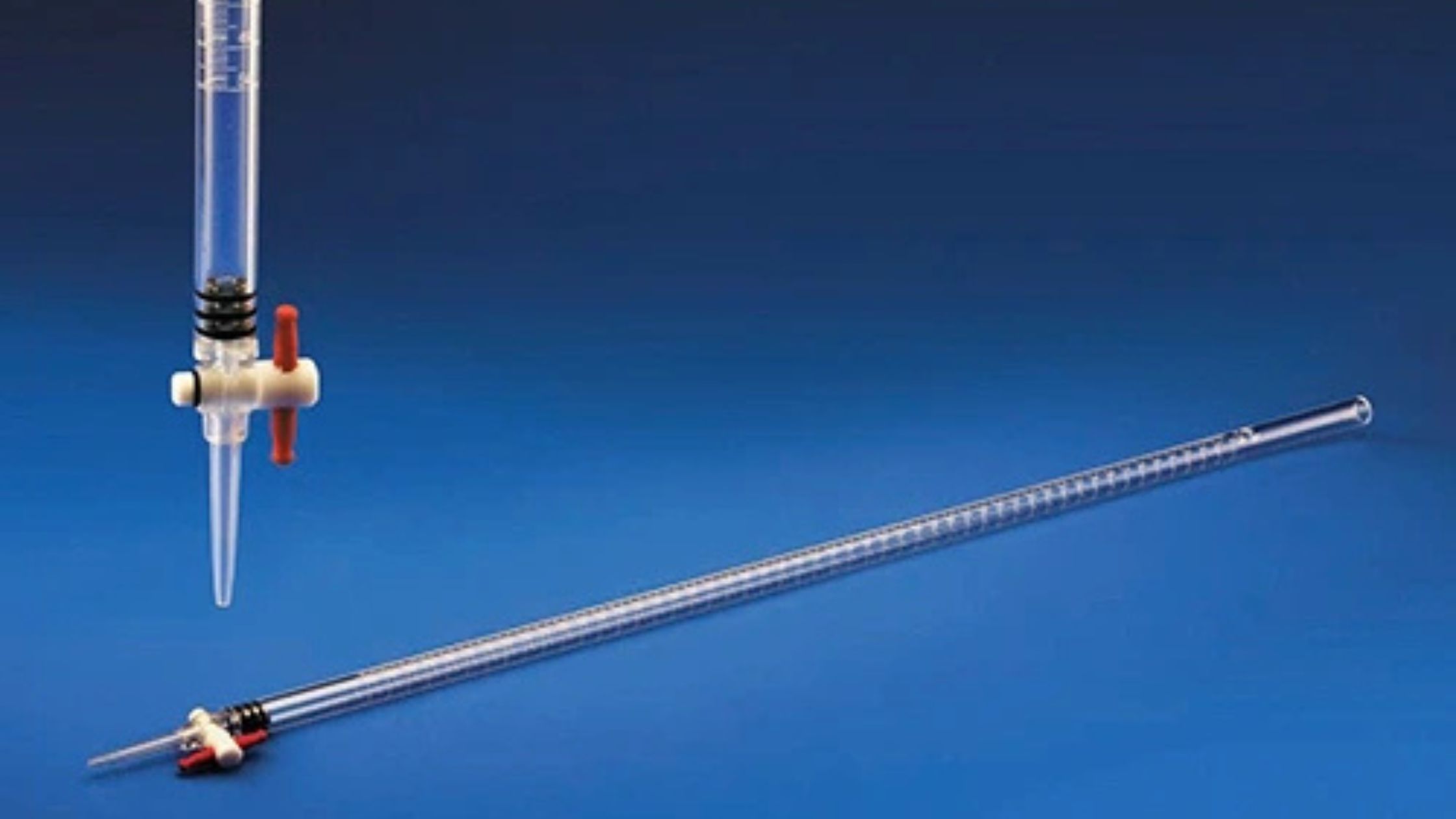
Top 2 Chemistry Lab Burettes & Their Uses
Ever performed a titration in the lab only to find an absurd value? The process of reloading the burette might sound scary, but what’s worse is the fact that the analyte in your flask is now ruined. Even though the color in your flask isn’t what it should be, the volume you need has already…
-
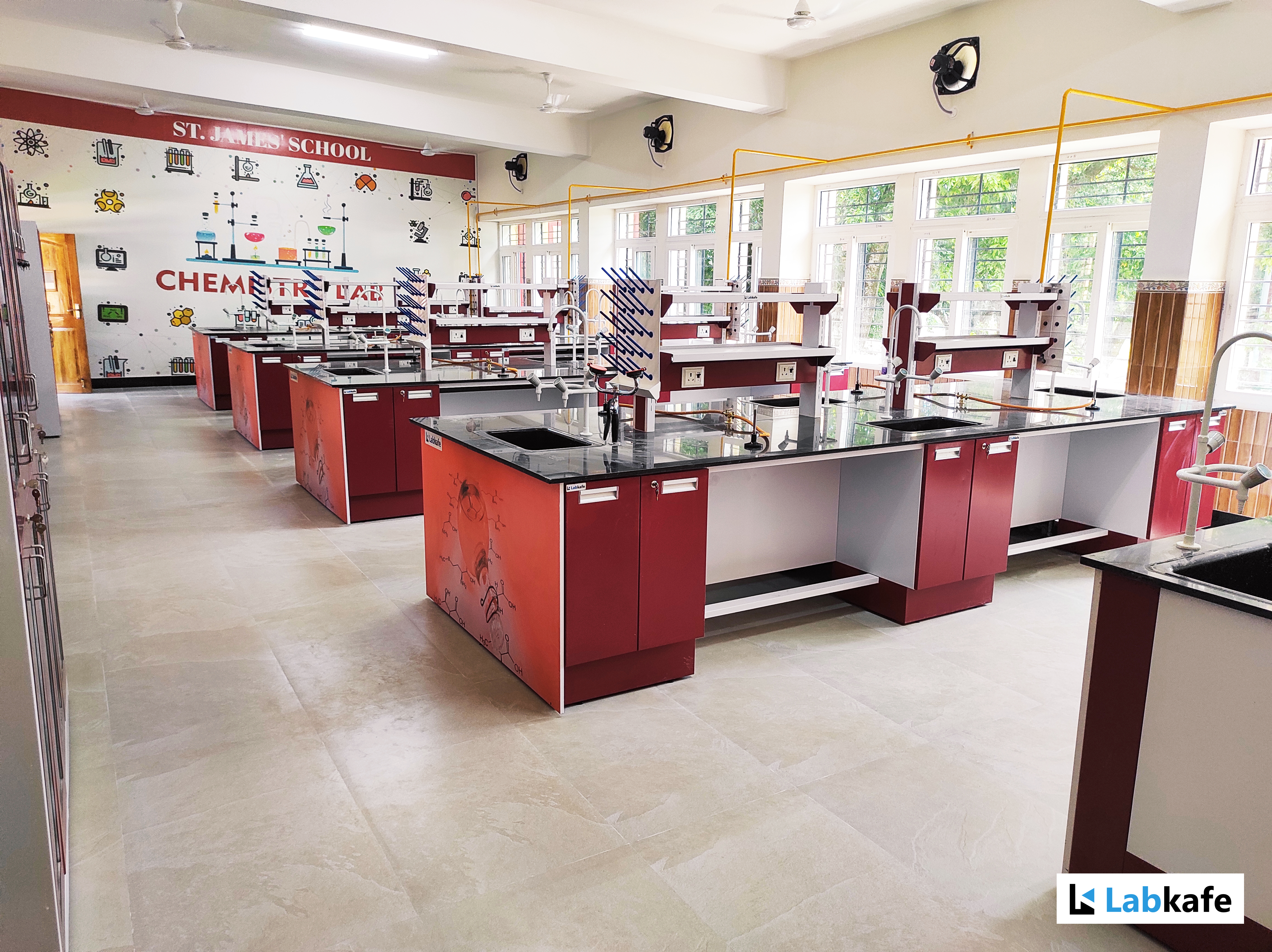
Expert Roadmap to Chemistry Lab Design
Chemistry lab design is a complex topic. To ensure that your lab meets regulatory standards, you must follow specific guidelines. Download chemistry design lab requirements by the CBSE Board Download pdf Detailed Design Plan for Chemistry Labs To understand the must-know tips for designing a chemistry lab for high school, research, or college, follow these…
-
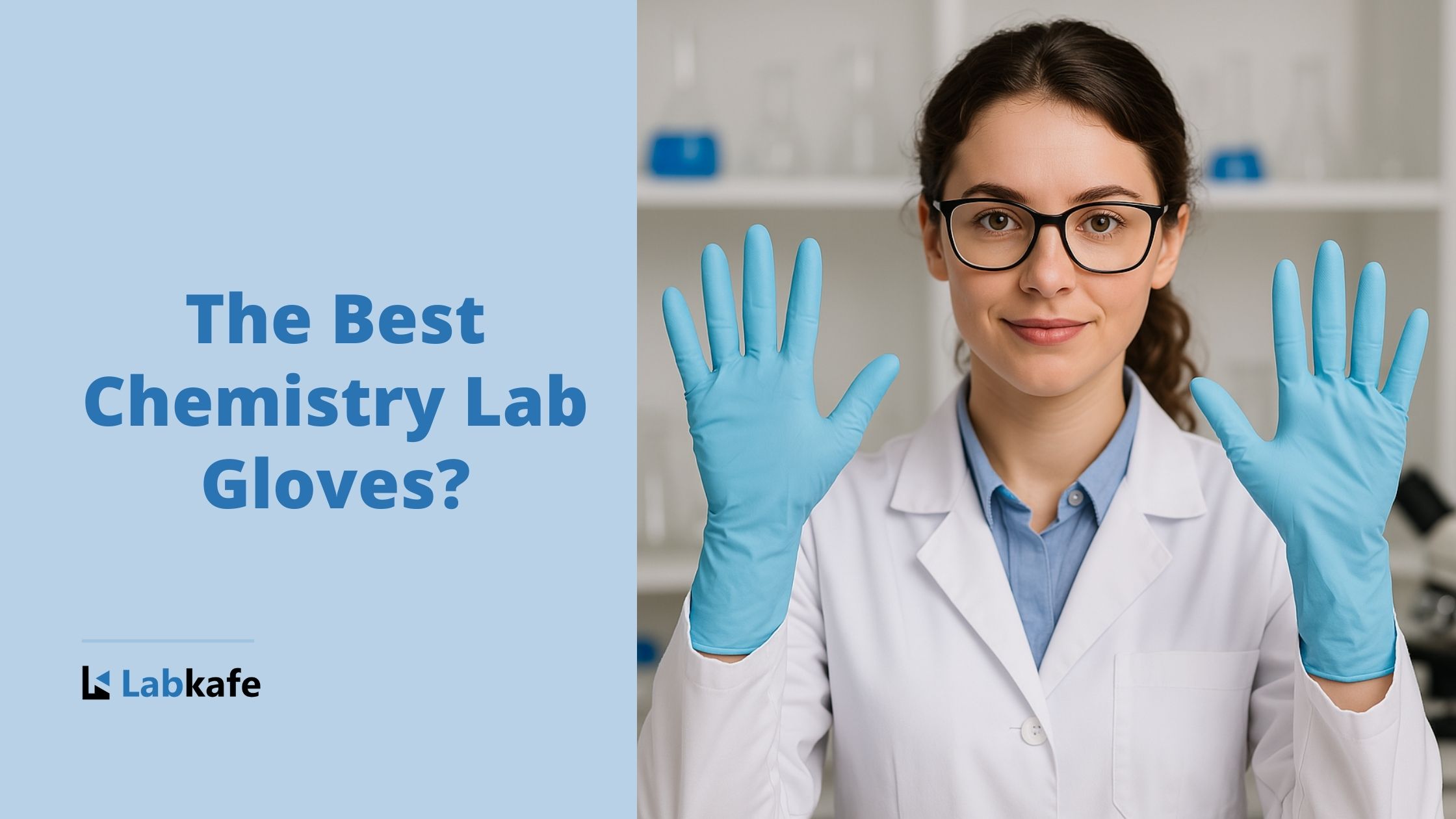
Which Chemistry Lab Gloves Should You Wear?
From students handling fuming acids to researchers working with toxic chemicals, everyone in the lab faces different levels of chemical exposure. Depending on what they’re working with, they need different types of hand protection. This is where chemistry lab gloves play a key role. If you’re wondering which gloves to use, why they’re important, or…
-
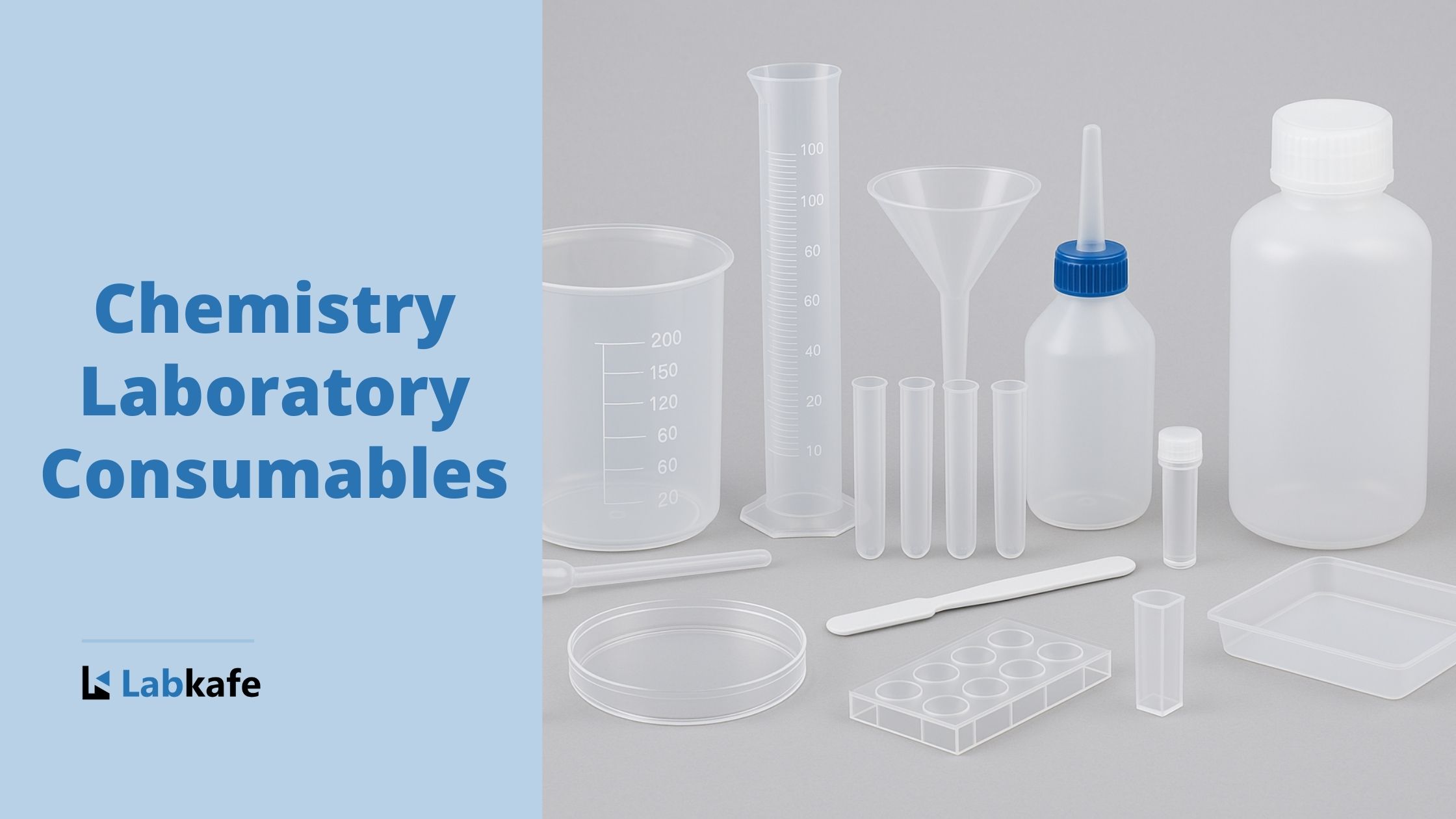
Essential Chemistry Laboratory Consumables List
Keeping your chemistry lab stocked with all the necessary chemistry laboratory consumables can be a hectic task. No wonder the frustration when you need filter paper or phenolphthalein, only to find that your stock is exhausted. Don’t worry, this list has you covered. We have included every possible consumable you might need to run your…
-
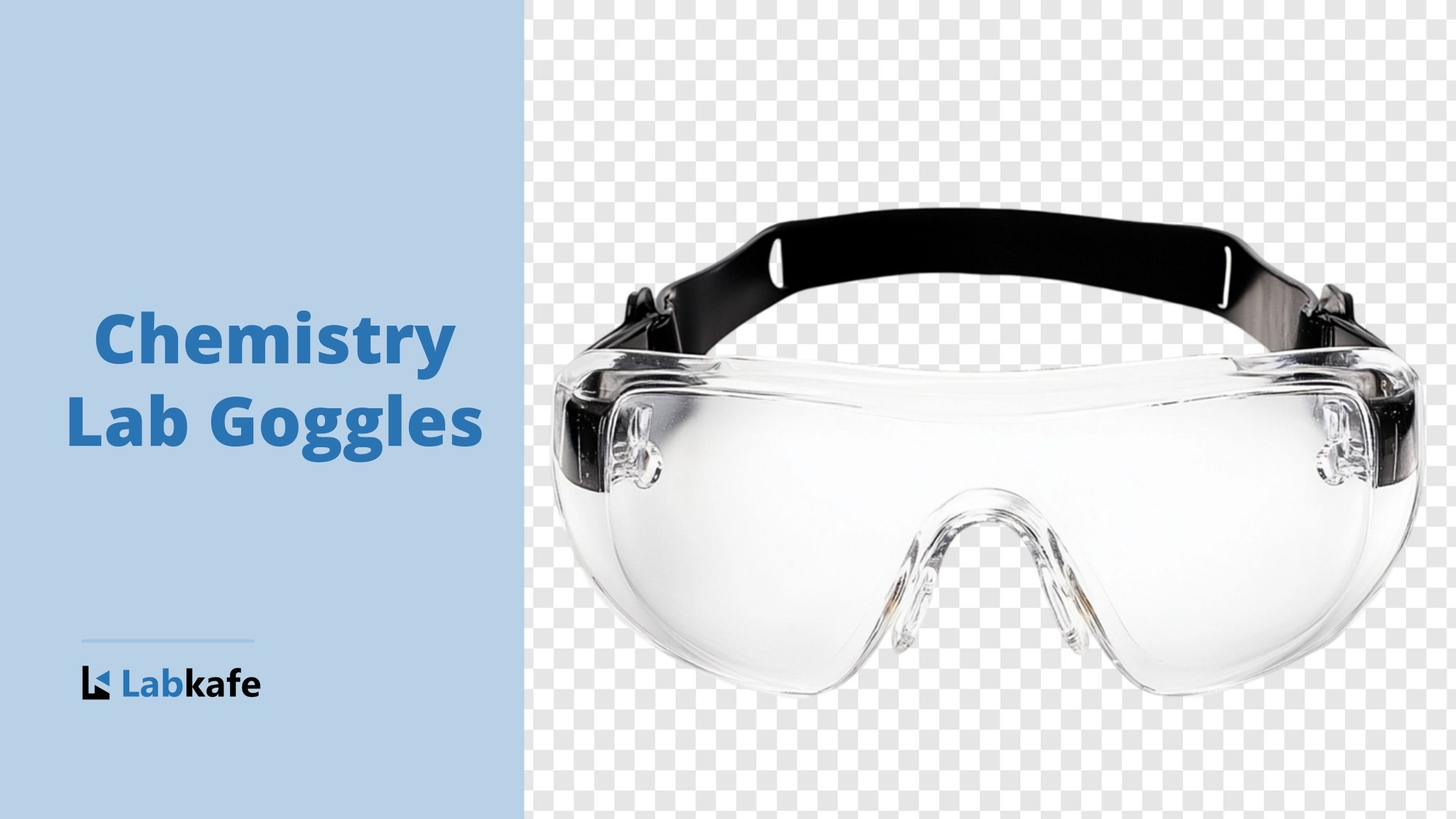
Do You Really Need Chemistry Lab Goggles?
Chemistry lab goggles are essential for protecting your eyes during experiments. They form a tight seal around your eyes and prevent harmful chemicals, splashes, vapors, fumes, or mists from entering. But do you always need to wear them? The short answer is it depends. Some experiments involve low-risk materials where regular safety glasses are enough.…
-
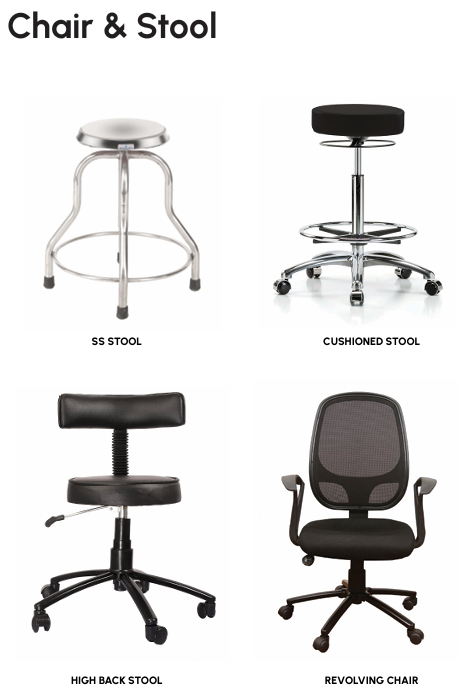
Who Needs Ergonomic Lab Chairs?
If you work in a lab, you’ve probably felt the nagging strain in your back after sitting at the workbench for hours. While taking occasional breaks helps, lab work often keeps you in one position until the procedure is complete. Prolonged sitting and awkward postures during experiments can lead to long-term back pain, musculoskeletal issues, and…
-
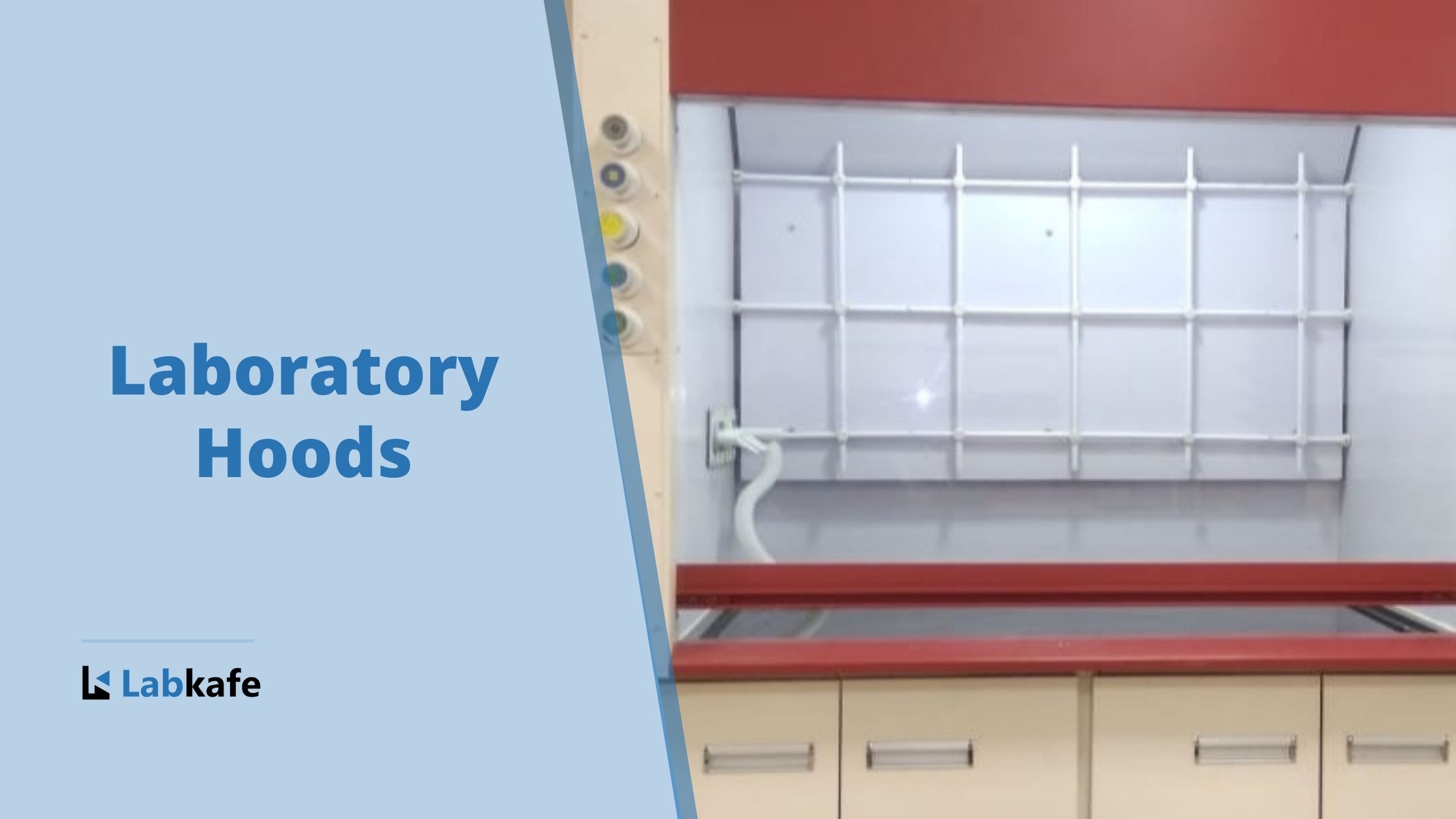
10 Dangerous Experiments That Demand a Laboratory Hood
Have you ever felt the strange smell of ammonia vapors or the stinging sensation of HCl fumes? Bad news. Not only is the smell disgusting, but the vapors can also harm the lining of your nose and damage your lungs and respiratory system. Seeing this problem, chemists developed the laboratory hood, or fume hood, in…
-
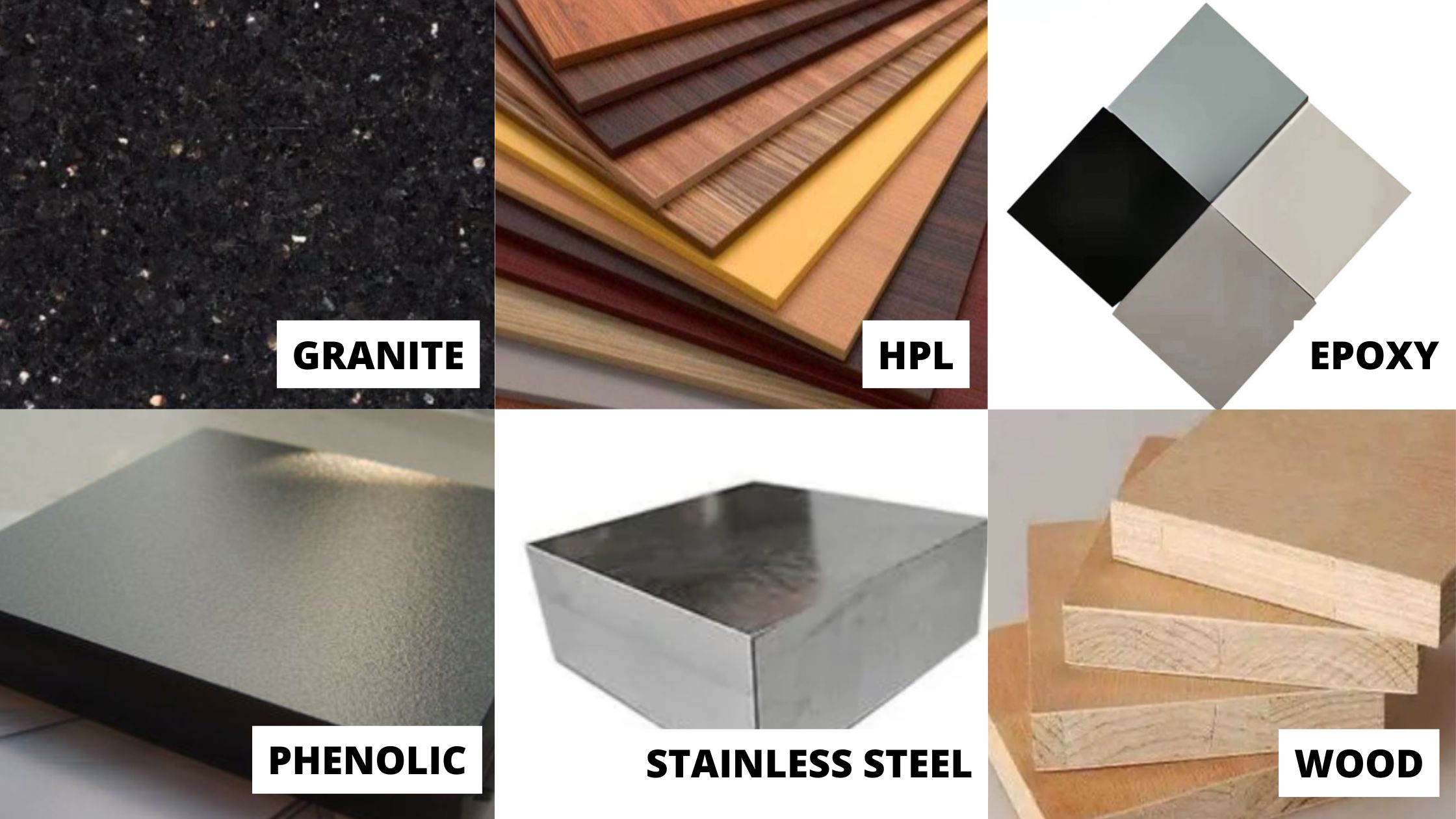
Essential Biology Lab Furniture Guide
Are you setting up or renovating your biology lab furniture? Whether it’s for a school, college, research facility, or industry, your lab will require customized furniture solutions. Unsure about what furniture you need? This guide will clarify your biology lab furniture requirements. Read along. Why do Biology Labs need Specific Furniture? Biology labs, regardless of…